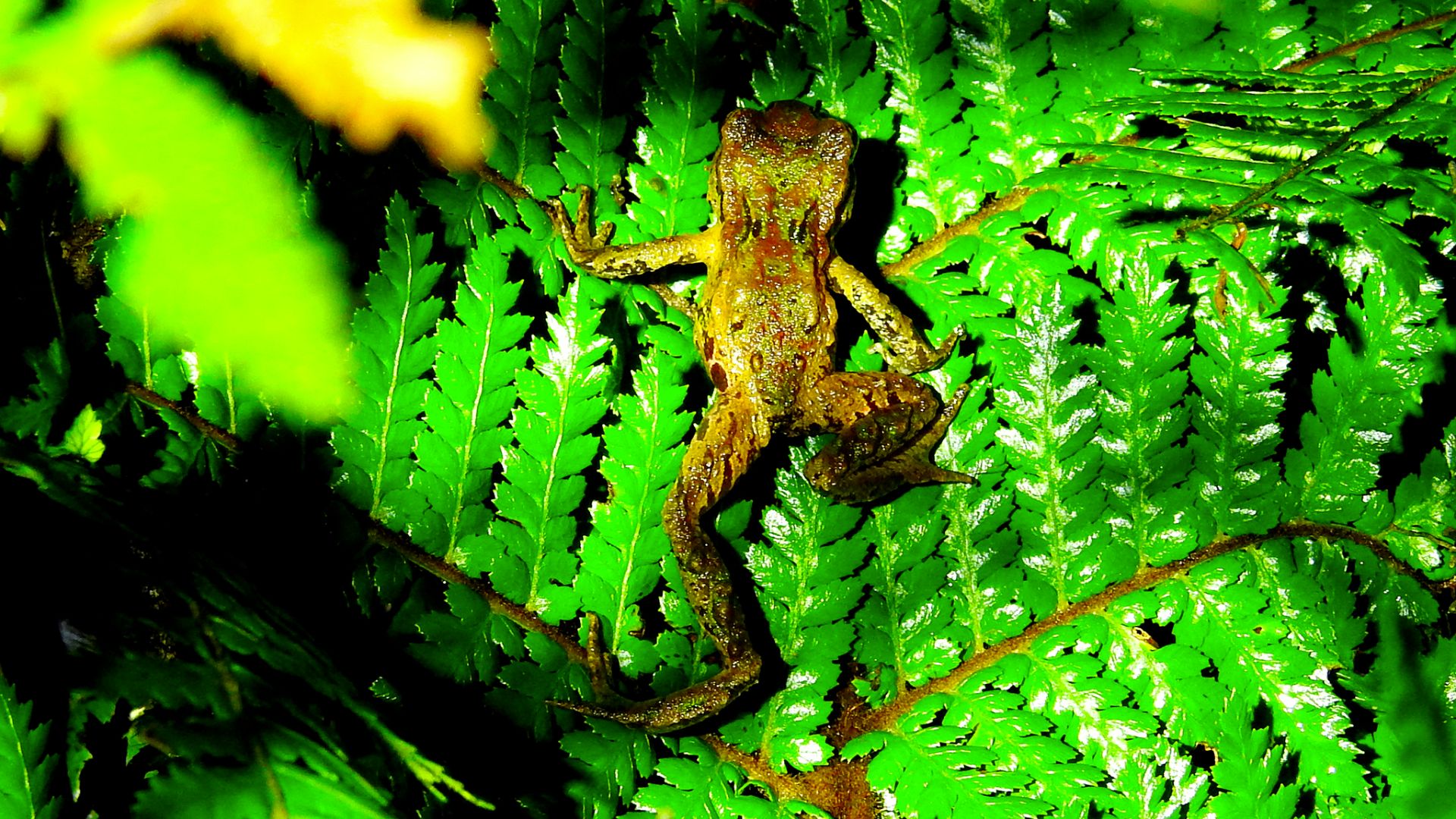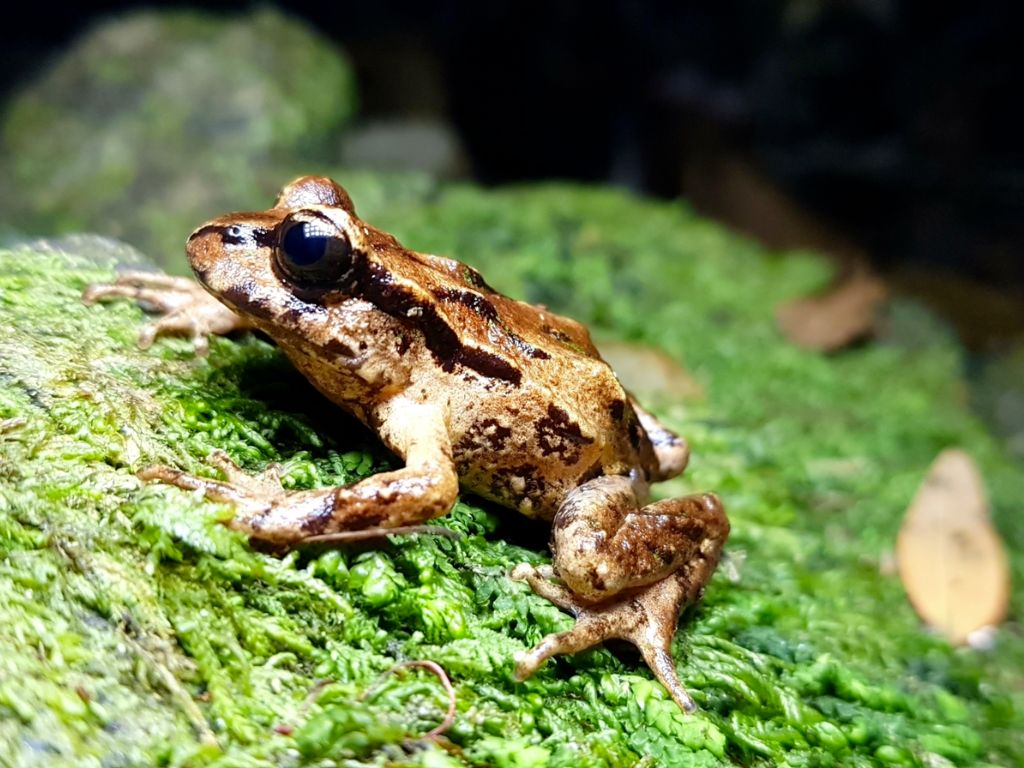Archey’s frogs survived the comet that decimated the dinosaurs – but this walnut-sized pekeketua (frog) is close to extinction on our watch. Could rat control be its saving grace?

A recent study published in the NZ Journal of Ecology has unveiled the promising impact of sustained rat control on Archey’s frogs, shedding light on their survival, number of juveniles per adult and abundance of the endemic frog over 12 years.
Age-related discoveries
Researchers investigated Archey’s frogs living in the Whareorino Conservation Area in King Country, one of the last two known habitats of these tiny frogs.
Unfortunately, it is also a “ratty” forest, with high levels of rodents, tracking in the 50-90% range (based on the rat tracking index, which is the mean percentage of tracking tunnels that show rat tracks).
The study unearthed that rat control boosted frog populations, albeit with a hitch.
While rat control increased the survival of adult Archey’s frogs, it decreased juvenile and sub-adult survival.

Researchers suspect the younger age groups may be more vulnerable to mouse predation as mouse populations tend to increase after rat control. An increase in mouse abundance is an unintended consequence of rat control that can undermine conservation efforts.
Nevertheless, when examining the bigger picture, rat control proved beneficial for the rate of independent juveniles produced per adult frog and for adult abundance.

The term “rate of independent juveniles produced per adult frog” might sound technical, but it measures breeding productivity. It considers fertilisation, parental care, hatching, rearing and survival to the stage where the juvenile frog becomes self-sufficient. Archey’s frogs hatch from eggs (without a tadpole stage) and, like birds, are very vulnerable to mammalian predators while in the nest.
The study’s findings are clear: “[There was] a significant increase in frog abundance in treatment compared to nontreatment areas where frogs declined,” the study states.
Successful rat control measures
Ground-based rat control in the treatment area over the 12 years of research consisted of a network of bait stations spaced at 50-metre intervals along lines 200 metres apart. Additionally, aerial pest control using 1080 was carried out as part of a much larger pest management operation to reduce the density of possums and rats.
Tracking numbers were kept below 10% for most of the study period.
The plight of Archey’s frogs
Archey’s frogs are unusual in the frog world: they lack a tadpole stage, do not croak, favour damp forest floors over water, and aren’t graceful jumpers.
Like other frogs in Aotearoa, Archey’s frogs aren’t having a good time of it. Three frog species have already gone extinct, and the remaining four are on the brink.
Rodents, specifically ship rats, are thought to be the greatest predatory threat to Archey’s frogs, given their terrestrial nature.
Not a universal solution
“Suppressing rat populations is successful for frog population management at Whareorino Conservation Area. However, rat control alone may not be sufficient to recover depleted populations elsewhere or grow newly translocated populations on the mainland.”
While the study’s results offer a glimmer of hope, the researchers advise taking the results with a grain of salt for two reasons.
“Firstly, our study has no replication, which would more robustly support the transfer of our findings.
“Secondly, rat control on its own may not be sufficient to recover depleted populations or to grow newly translocated populations.”

In this particular study, rat suppression is proving successful for frog populations. But, any future conservation strategies will need to consider the interplay between rats, mice and frog populations to ensure the long-term survival of this extraordinary amphibian.
Read the full study ‘Age dependant effects of rat control on Archey’s frog (Leiopelma archeyi) at Whareorino, New Zealand’ by Jennifer M. Germano, Lucy Bridgman, Helene Thygesen and Amanda Haigh.

